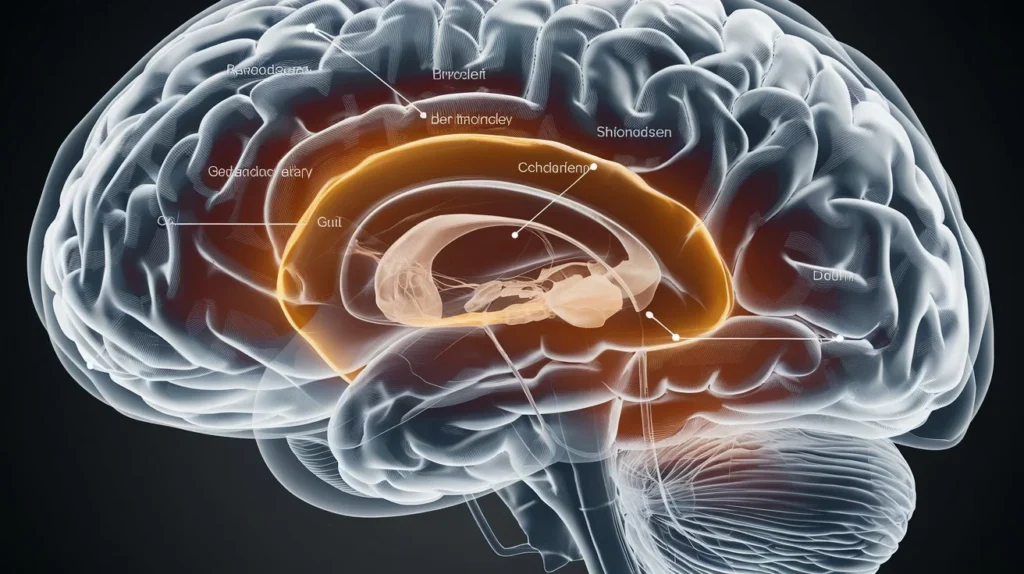
As a dog owner, you want your furry friend to be happy, healthy, and well-adjusted. However, there’s one crucial aspect of dog behavior that’s often overlooked: understanding your dog’s body language and emotional cues. Ignoring this vital aspect of canine psychology could be unintentionally harming your dog’s mental health. In this article, we’ll dive into the fundamentals of dog psychology and how improving communication with your dog can strengthen your bond while promoting a healthier, happier life for your pet.
Understanding Dog Behavior
The Basics
Dogs, just like humans, have their own set of emotions, instincts, and needs. Canine psychology is complex, but by paying attention to your dog’s behavior and body language, you can gain a better understanding of what they’re trying to tell you.
Dogs rely heavily on non-verbal communication. Their body language, facial expressions, and posture speak volumes. For example, a wagging tail might mean your dog is excited or happy, but it’s important to observe the whole context. A wagging tail paired with a stiff body could signal anxiety or agitation.
The Power of Body Language
One of the easiest ways to communicate with your dog is through understanding their body language. Here are a few common signals to look out for:
- Tail Wagging: This is a classic sign of excitement or happiness. But did you know that the speed and position of the tail can tell you more? A slow wagging tail may indicate insecurity, while a fast wagging tail could signal excitement or even aggression.
- Ears: The position of your dog’s ears is another powerful indicator. Erect ears typically mean alertness or curiosity, while flattened ears suggest fear or submission.
- Eyes: If your dog’s eyes are wide open, it can mean they’re scared or alert. But if their eyes are squinting, they might be feeling relaxed or even content. Watch for eye contact too — dogs use their gaze to establish dominance or show affection.
Instincts and Emotional Cues
Dogs are naturally instinctual creatures. Their survival instincts can sometimes cause them to behave in ways that are easily misunderstood. For instance, a dog that growls or bares its teeth isn’t necessarily being aggressive—it could be a way of communicating fear or trying to establish boundaries.
Being empathetic toward your dog’s emotions is key. If your dog feels anxious or threatened, it might react defensively. For example, a dog that pulls on the leash during walks might be trying to avoid something that scares them or simply acting out due to excess energy. Understanding your dog’s emotional needs can help you better address these behaviors.
Practical Tips for Better Communication
Now that we’ve explored some basics of dog psychology, let’s talk about how you can improve your communication with your dog:
- Observe and Interpret: Pay close attention to your dog’s body language. Notice the subtle signs they give you when they’re happy, anxious, or upset. The more you observe, the better you’ll understand their emotional state.
- Use Positive Reinforcement: Dogs respond well to positive reinforcement. Instead of punishing unwanted behavior, reward your dog when they exhibit desirable actions. This helps build trust and encourages positive behaviors.
- Create a Safe Space: Dogs need a space where they can relax and feel secure. Whether it’s a crate, a cozy corner of the room, or a designated spot on the couch, providing your dog with a safe haven helps manage anxiety and emotional stress.
- Exercise and Mental Stimulation: A tired dog is a happy dog. Physical activity and mental stimulation (through toys, training, or games) can reduce stress and prevent unwanted behaviors like chewing or excessive barking.
- Stay Calm and Patient: Dogs can pick up on your emotions, so remaining calm and patient during training or stressful situations helps them feel more secure. Never rush a dog or force them into situations they’re uncomfortable with.
The Takeaway
Understanding dog behavior is crucial for building a strong, positive relationship with your pet. By paying attention to their body language, emotional cues, and instincts, you can better meet their needs and improve their mental health. Communication is a two-way street, and by being patient, empathetic, and observant, you can create a harmonious bond that will last a lifetime.
By prioritizing your dog’s emotional well-being, you’re not only helping them become a happier, more balanced pet—you’re also enriching your own life with a deeper connection and understanding of your furry friend.
Keywords to Optimize:
- Dog behavior
- Canine psychology
- Dog communication
- Dog body language
- Emotional cues in dogs
- Understanding dog instincts









